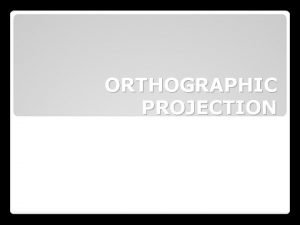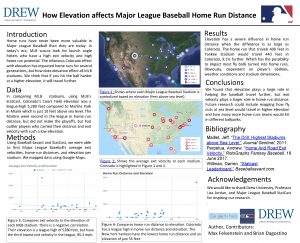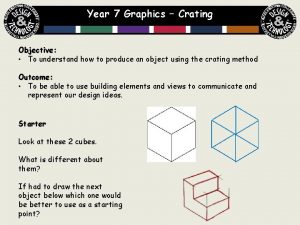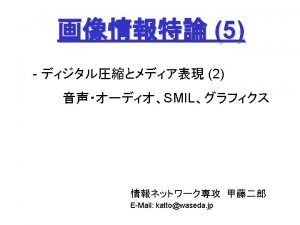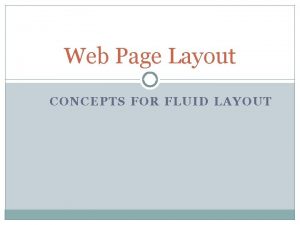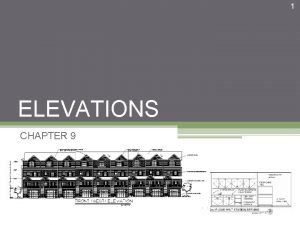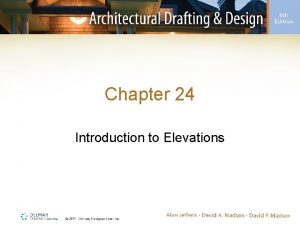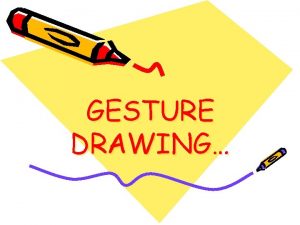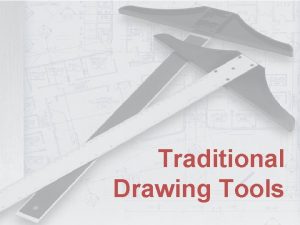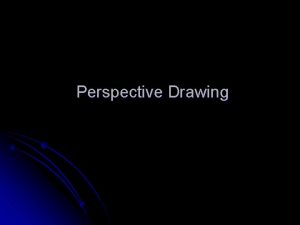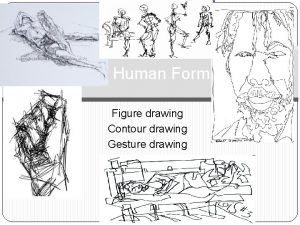Elevations Layout and Drawing Technique Elevations Layout and














- Slides: 14

Elevations, Layout and Drawing Technique

Elevations, Layout and Drawing Technique *The elevation plan shows all four sides of the house.

Elevations, Layout and Drawing Technique *Views are placed above and below one another in an orthographic drawing.

Elevations, Layout and Drawing Technique 4 elevation views are normally required to show the features of a building.

Elevations, Layout and Drawing Technique When a building has an irregular shape it may require more elevation views than normal.

Elevations, Layout and Drawing Technique Elevation views provide information on the area of wall surfaces and wall openings which may be used in heat loss calculations.

Elevations, Layout and Drawing Technique *Elevation views are normally drawn to the scale of 1/4” = 1'-0”.

Elevations, Layout and Drawing Technique *On elevation drawings the type of dimensions shown indicate vertical height.

Elevations, Layout and Drawing Technique *The floor line, ceiling line, and features below grade are shown with hidden lines.

Elevations, Layout and Drawing Technique The advantage of placing a side elevation view directly adjacent to the front or rear elevation view is that it allows you to transfer elevation measurements from one view to another.

Elevations, Layout and Drawing Technique Five types of roofing materials are: 1) 2) 3) 4) 5) Asphalt Wood Shakes & Shingles Tile Metal Built-up

Elevations, Layout and Drawing Technique On the elevation views, wall and roofing textures, shutter slats, eave vents, guard rails, windows, doors and other similar details do not have to be shown as exact replicas of the actual materials. *The front elevations shows most all of the materials and symbols.

Elevations, Layout and Drawing Technique The elevation view should be first drawn with light construction lines and then darkened in from top to bottom.

Elevations, Layout and Drawing Technique When drawing the chimney on an elevation view, the top of the flue should be drawn at least 2 feet above any part of the structure within 10 feet of the longitudinal axis of the chimney
 Plan front and side elevation worksheet
Plan front and side elevation worksheet Front elevation maths
Front elevation maths Plans and elevations exam questions
Plans and elevations exam questions Pivoting section in haircutting
Pivoting section in haircutting Wispy clouds that are found at middle elevations.
Wispy clouds that are found at middle elevations. Elevation in orthographic projection
Elevation in orthographic projection Highest elevation mlb stadiums
Highest elevation mlb stadiums How does cumulus clouds form
How does cumulus clouds form What is crating drawing
What is crating drawing Isometric orthographic projection
Isometric orthographic projection Technical sketching
Technical sketching Numerator layout
Numerator layout Language
Language Cddat
Cddat Fluid layout vs fixed layout
Fluid layout vs fixed layout





